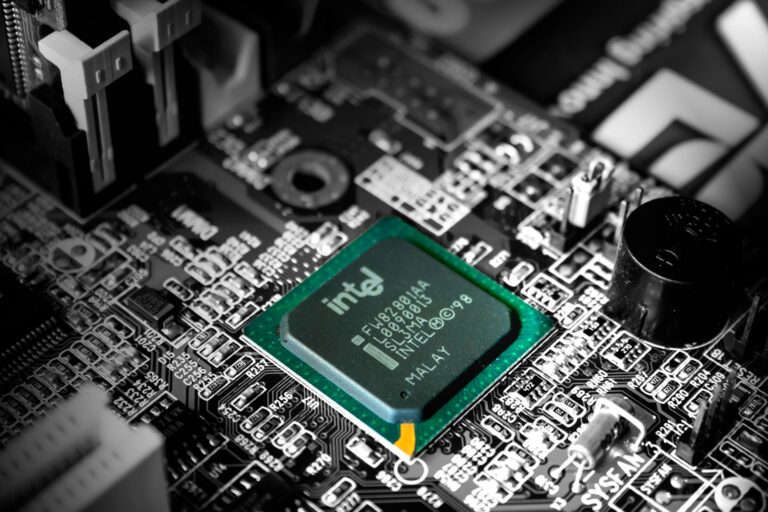The company’s 15th Generation CPUs are going to be very different.
In 2024, it is anticipated that Intel will carry out yet another node jump for their next-generation Arrow Lake desktop central processing units. It is anticipated that they will be released later this year and will be the first tile-based desktop chips manufactured by the company using its cutting-edge 20A process production method. Almost everything about these chips is brand new, but slides that were leaked recently showed that they will be one of the few Intel central processing units (CPUs) that do not contain Hyper-Threading. This is because Hyper-Threading was initially introduced during the Pentium 4 era, which occurred in the early 2000s.
An individual who has immaculate reputation for leaking information about hardware has shared a collection of slides from Intel that provide information about the Arrow Lake-S platform, which is the desktop variant. However, Videocardz was able to save the slides after they were removed from Twitter for some unknown reason. As you may recall, there was supposed to be a desktop version of Meteor Lake-S, but it was ultimately scrapped. According to the presentations, MTL-S was utilised as the basis for Arrow Lake’s testing.
The most important piece of information is that although Intel is maintaining the same core count, the total thread count has decreased since the P-cores are not designed to be hyper-threaded. Although this rumour has been going about prior to the release, this is the very first time that we have seen it written down. On the other hand, this is pre-alpha hardware, so we will have to wait and see what comes out later on in this year.

The slides demonstrate that Intel is planned to release three different types of Arrow Lake for desktop computers: 8P+16E, 6P+16E, and 6P+8E. In the absence of Hyper-Threading, this provides us with the choice of 24, 22, or 14 cores, all of which have the same number of thread counts. In all likelihood, these are the CPUs that were formerly known as i9, i7, and i5 and will be incorporated into the array of products that the firm offers for Arrow Lake. The most significant change is on the i7 component, which goes from 8P+12E to 6P+16E. This means that there are two fewer performance cores but four more efficiency cores than before.
The other significant change is that there will be a new chipset for Arrow Lake that is part of the 800-series. It is not surprising that this chipset would only support DDR5 memory, but it is nonetheless noteworthy. In comparison to the DDR5-5600 frequency that was supported by Raptor Lake Refresh, the baseline memory frequency will be DDR5-6400, which is a little increase. In addition, Intel will finally support PCIe Gen 5 storage, which will provide four Gen 5 lanes designed for an M.2 solid-state drive (SSD) and four Gen 4 lanes. There will also be sixteen Gen 5 lanes leading to the GPU, which is an excellent timing given that it is anticipated that the next generation of Nvidia GPUs will support PCIe 5.0.
A new LGA-1851 socket will be used in Arrow Lake, much like it was in Meteor Lake. This socket is anticipated to last for at least two generations, and probably even longer. Additionally, it will incorporate backside power delivery, which Intel refers to as PowerVia, and will be the first tile-based processor family that Intel has ever released on the 20A node system. It is too early to know what impact the removal of Hyper-Threading would have on performance and power consumption because Arrow Lake will use RibbonFET transistors with a gate-all-around (GAA) design. Given all the changes, it is difficult to predict what such an impact will be. In spite of this, we are eager to learn more. It is anticipated that the Raptor Lake refresh central processing units will be replaced by the Arrow Lake processors later on in this year.

